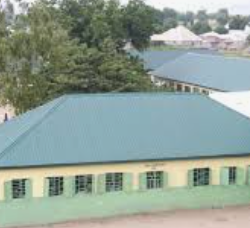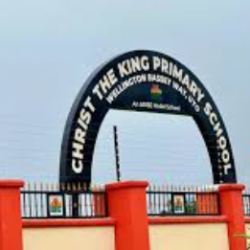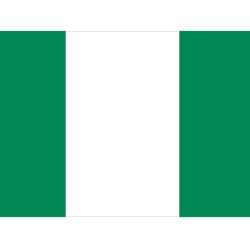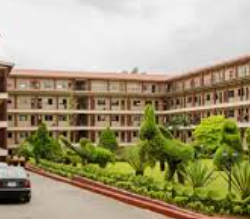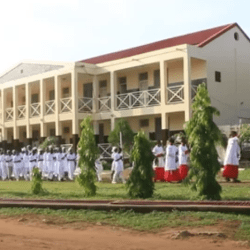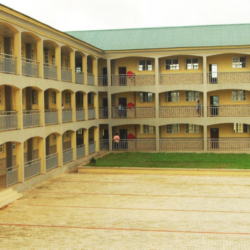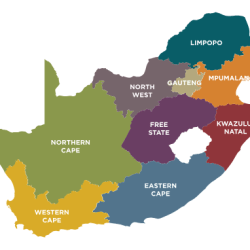On December 15, 1995, the Roman Catholic Apostolic Vicariate of Kontagora was established here. St Michael’s Cathedral is the seat of the apostolic vicar.

Kontagora
Kontagora is a town on the south bank of the Kontagora River in north-west Niger State, Nigeria.
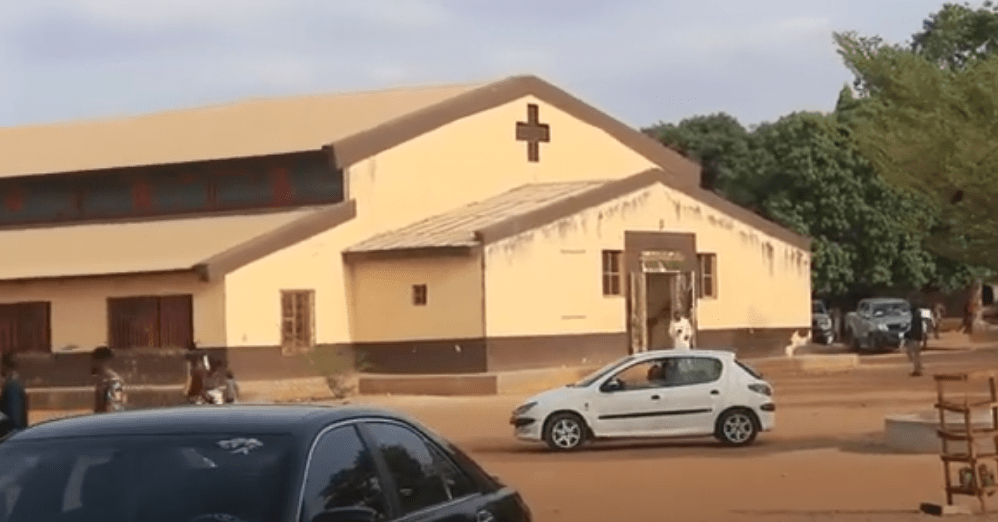

Before the arrival of other tribes, the area of what was known as Kontagora Province consisted of Borgu peoples settled on the west bank of the River Niger, Yawuri and Kambari tribes in the centre, the Dakarkari, Kambari and Dukkawa in the north, Kamukawa and Kambari in the north-east, Gwarawa in the east and south-east and the Nupes in the south.


The history of Kontagora links the story of the life and times of Umaru Nagwamatse and his sons, Abubakar Modibbo and Ibrahim Nagwamatse. In the combined life time of a little over fourty years (1858-1901), Nagwamatse and his protégés opened up a previously closed forestry area. Idol worship, wars among and between communities, slave raiding and absence of law and order was the environment where peace and security was restored.
Each group seemed to have originated as an independent migration from Katsina. The period of migration and settlement could be fixed only approximately as after the Achifawa and before the Katsinawa Laka. The Borgu Kingship and Yawuri Kingdom had sway on the area extracting tributes and allegiance from Bargawa and Yawurawa respectively. However the rest of the vast land was occupied by scattered communities few of which were city states headed by chiefs and headmen.

The first Fulani presence was a small settlement of pastoral Fulanis from Katsina led by Muhammadu Sambo around 1800 within the Dukkawa and Dakkarawa enclaves. Some years later, about 1804, the second presence of Fulani was brought about by Mallam Dendo and his sons Usman Zaki, Masaba, Maliki and grandson Majigi. Mallam Dendo’s sons destroyed the Nupe Kingdom and established the Fulani dynasty at Bida in 1857.
The third Fulani presence was in the Kambarawa enclave when Majidadi a Fulani from Gwandu entered into Yawuri Kingdom early 1830s. He settled at Birnin Yawuri, the capital of Yawuri Kingdom and in conjunction with the Yawurawa he subdued the Kambarawa in the surrounding country. Yawuri was one of the “Banza Bakwai” and its population consisted of Hausa ruling and middle classes living in towns, and a mainly pagan peasantry who had not adopted the Hausa language nor were they assimilated into Hausa way of life. During the Jihad the Chief had made voluntary submission to Shehu Dan Fodio and had been confirmed in office. Yawuri had therefore become part of the Empire and after Shehu’s death had paid allegiance to Gwandu.
The greatest enterprise however was the single handed effort of Umaru Nagwamatse, the Sarkin Sudan, who laid the foundations of Fulani presence and influence in Kambarawa, Gwari, Basawa, Pangu and Kamuku areas. His work was consolidated by his two sons, Modibbo and Ibrahim which eventually led to the creation of present day Kontagora Emirate.
On December 31st 1924 Kontagora Province ceased to exist. Yelwa and Dabai Divisions were incorporated into Sokoto Province and Kontagora Division into Niger Province. Borgu had earlier gone into Ilorin Province in 1923.
Wushishi area of Nagwamatse’s territory was treated separately. Ibrahim Abubakar Modibbo was appointed Sarkin Wushishi 2nd Class in 1902 and under him were the following districts, Wushishi, Maikunkele, Bosso, Paiko, Galadima Kogo, Guni, Xan Guno, Kuta, and Fuka with headquarters at Minna. In 1923 Sarkin Wushishi was reduced to Emir 3rd Class and the Gwari Units were placed under Kuta. Wushishi became an independent district in Zungeru Division. In 1976 Wushishi became a district in Kontagora Division where it has remained since.
Niger State
Niger is a State located in central Nigeria and its capital city is Minna.
Other top cities in Niger State include Bida, Suleja and Kontagora.
The State has an expansive land area and it’s close to the nation’s capital, Abuja.
Administrative areas: The State comprises 25 Local Government Areas grouped into 3 administrative zones: A, B, C with each zone having 8, 9 and 8 Local Government Areas (LGAs) respectively.

In line with the constitution of the Federal Republic of Nigeria, two levels of government exist in the State; the State Government and the Local Government Councils.
Creation: It was created out of the defunct North Western state on 3rd February, 1976.
Location: Situated in the North central geo-political zone.
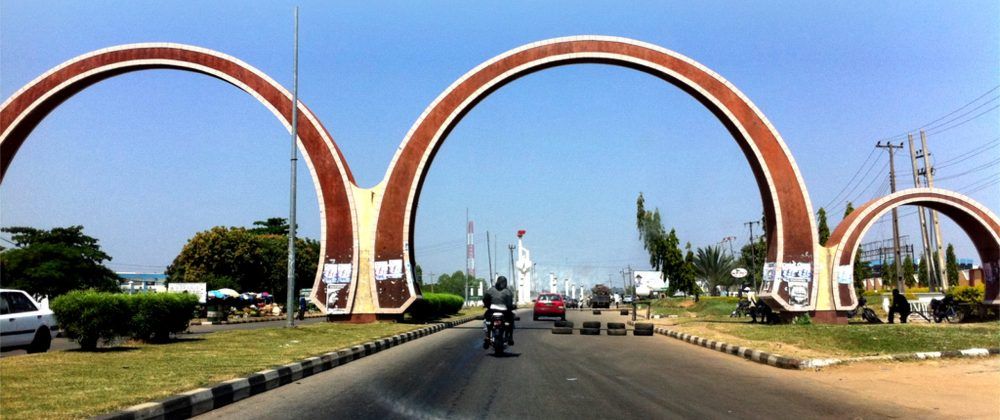
Boundaries: Niger State shares its borders with republic of Benin (West), Zamfara State (North), Kebbi (North-West), Kogi (South), Kwara (South West), Kaduna (North-East) and the FCT (South-East).
Land area, the largest among Nigerian states: Niger State is one of the largest states in Nigeria covering about 86,000km2 (or about 8.6million hectares) representing about 9.3% of the total land area of the country.
Major rivers: Niger State’s major rivers are: Niger, Kaduna, Gbako, Eko, Gurara, Ebba, Ega, Mariga and their tributaries.

Fishes: The common fishes found in these rivers are: Nile Perch (Lates) Trunck fish, Cat fish, Osteoglosid, Tilapia, Synodontis, Tiger fish, Moon fish, Mormyrid and Electric fish. By the 2006 census, the State’s population is 3,950,249 comprising 2,032,725 males and 1,917,524 females.

Ethnic groups: The easily identifiable major ethnic groups are Nupes, Hausa, Gbagyi, Kadara, Koro, Bassa, Kamuku, Ingwai, Fangu, Kambari, Dukkawa, Fulani, Abewa, Bisan, Gungawa, Bauchi, Bariba, Urah, Boko, Bokobaro, Bauchnu, Achifawa, Dakarkari, Kakanda, Ganagana, and Dibo and numerous non native tribes.
Economic activities: The major economic activity is agriculture: farming, fishing, and cattle rearing.
The other economic activities (though limited in scale) include banking, trading, transportation, local arts and crafts with Bida, the heart land of the Nupes, famous for its brass work. These activities constitute the means of livelihood of the people of Niger State in addition to public service
Reference: nigerstate.gov.ng/about-niger

